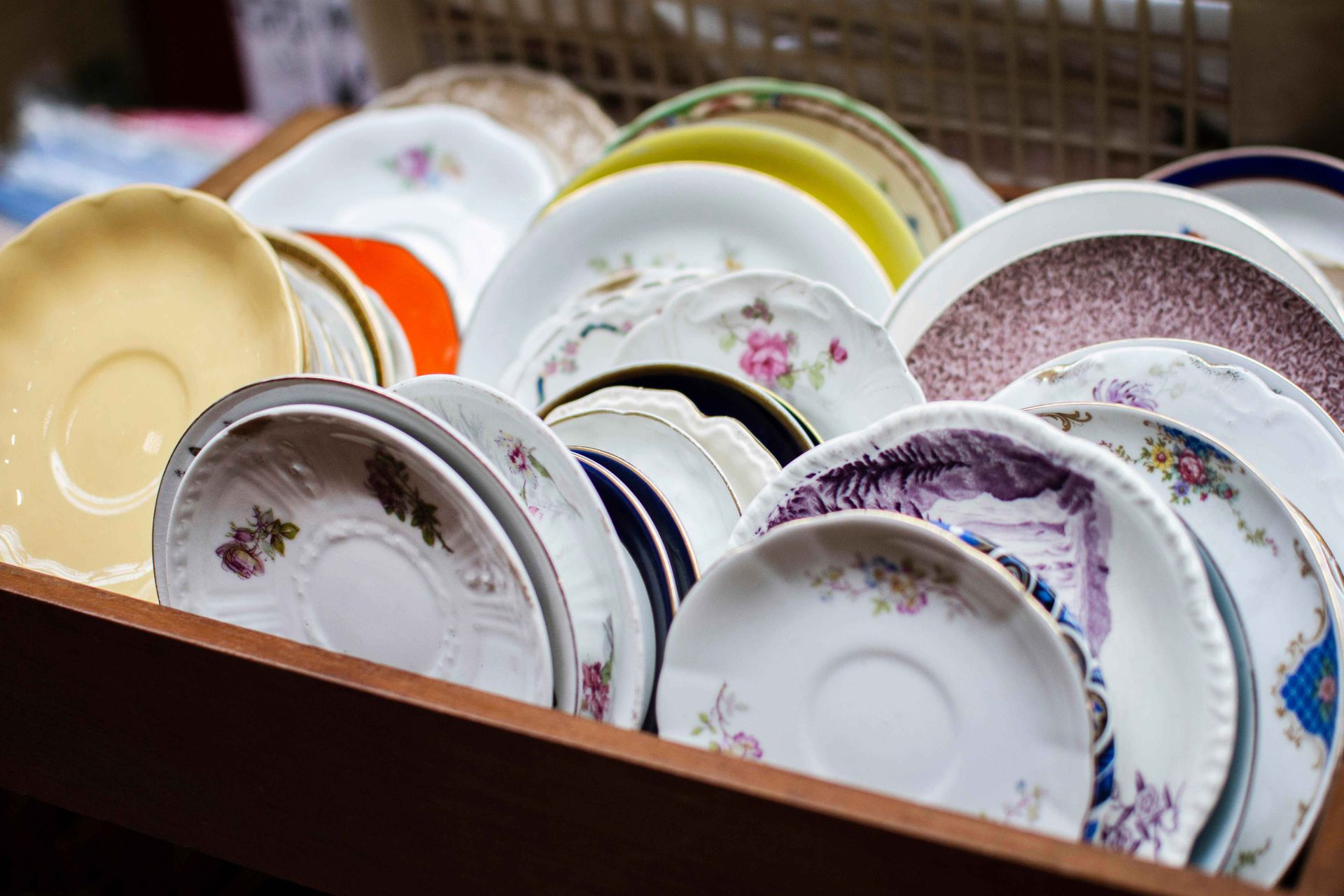
Packing china for a move requires meticulous attention to ensure each fragile piece survives the journey intact. From choosing appropriate materials to proper boxing techniques, this process demands precision and care. Many homeowners opt for comprehensive moving services to handle these delicate items, but for those managing their own packing, protecting fine dishware from chips, cracks, and breaks becomes crucial. This guide provides practical advice for securing everything from everyday plates to intricate heirloom pieces during your relocation.
Choosing the Right Packing Materials
Selecting appropriate packing materials is essential when preparing china for transportation. Sturdy boxes specifically designed for dishes and fragile items offer the best protection. These containers typically include dividers that keep each piece separated and secure. Bubble wrap, packing paper, and foam inserts provide crucial cushioning against inevitable bumps during transit. Always mark boxes clearly as "fragile" and indicate which side should face upward to prevent mishandling. Taking time to gather proper materials before you begin packing will significantly improve your chances of preserving your china collection throughout the move.
Wrapping Each Piece Carefully
Protecting each china piece requires individual attention and proper technique. Begin by placing a clean sheet of packing paper on a flat surface with your item centered on it. Fold the paper corners over the piece, ensuring complete coverage of all surfaces. Secure the wrapping with a small piece of tape to hold it in place. For extra protection, particularly for valuable or antique pieces, add a layer of bubble wrap over the initial paper covering. Seal this second layer with tape as well. Label each wrapped item to identify contents and note any special handling requirements to guide those moving the boxes.
Securing Boxes Properly
After carefully wrapping your china, proper box preparation becomes the next critical step. Start by reinforcing the bottom of each box with high-quality packing tape, creating an X-pattern across the seam and adding an extra strip around all edges. When loading wrapped items, position heavier pieces at the bottom and lighter ones toward the top to prevent crushing. Fill all empty spaces with crumpled paper, packing peanuts, or foam to eliminate movement during transit. Once packed, seal the top with the same thorough taping method used for the bottom and mark it clearly as fragile.
Labeling Boxes for Easy Identification
Clear labeling streamlines both the moving and unpacking processes. Create a consistent system that makes identification straightforward:
- Use permanent markers to write contents directly on the top and sides of each box
- Note the specific room destination for each container
- Include handling instructions such as "Fragile" and "This Side Up"
- Number boxes sequentially and maintain a separate inventory list
This organizational approach prevents confusion during unloading and helps prioritize which boxes to unpack first at your new location.
Handling Boxes With Care
Proper handling techniques protect your china throughout the moving process. Always lift boxes from the bottom rather than gripping the sides or top, which can compromise structural integrity. Before transport, verify that all containers are completely sealed to prevent accidental openings. When loading the moving vehicle, position china boxes above heavier items and away from potential shifting hazards. Arrange boxes in stable formations that prevent toppling during transit. These careful handling practices significantly increase the likelihood that your valuable china pieces will arrive safely at their destination.
Other Related Articles:



